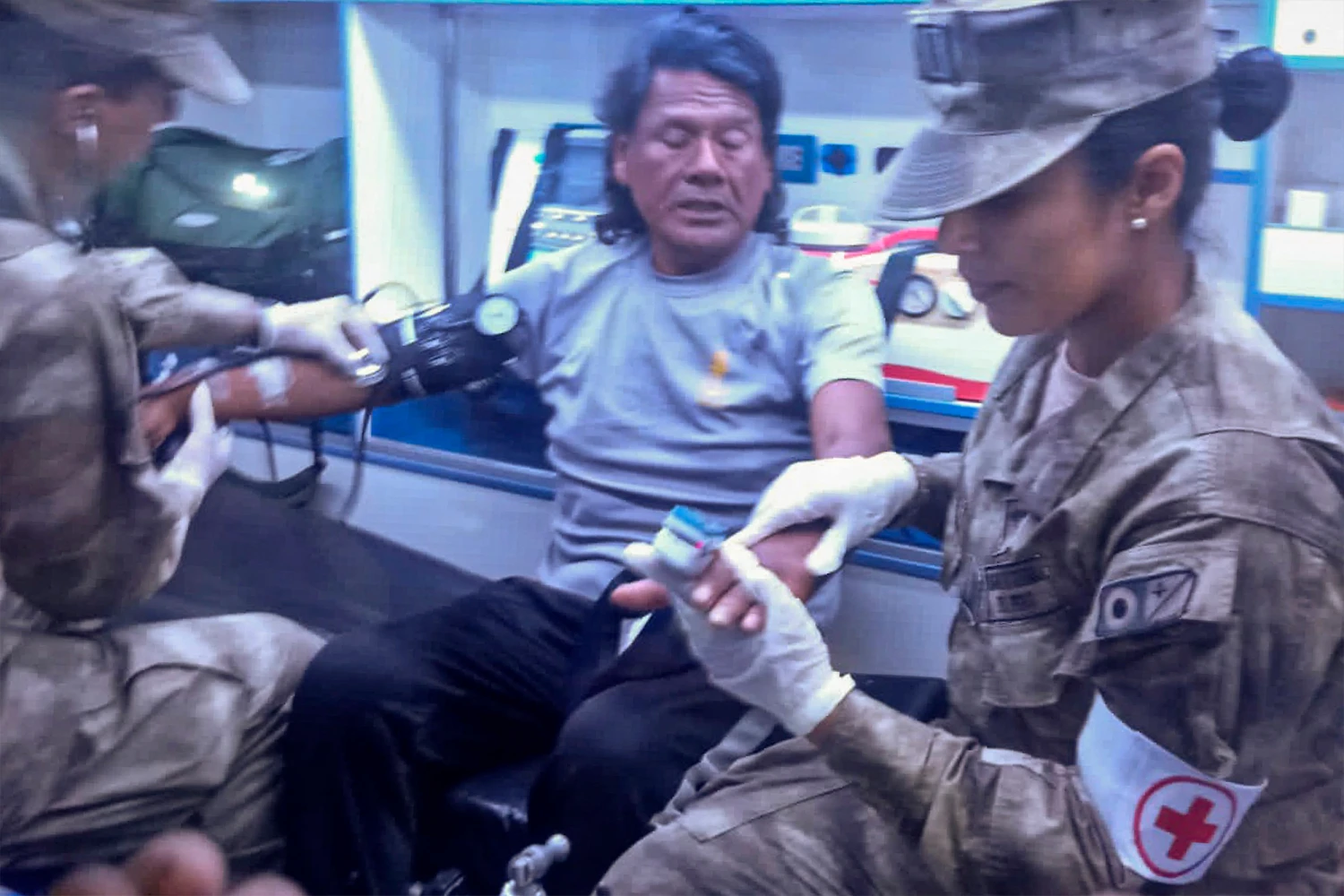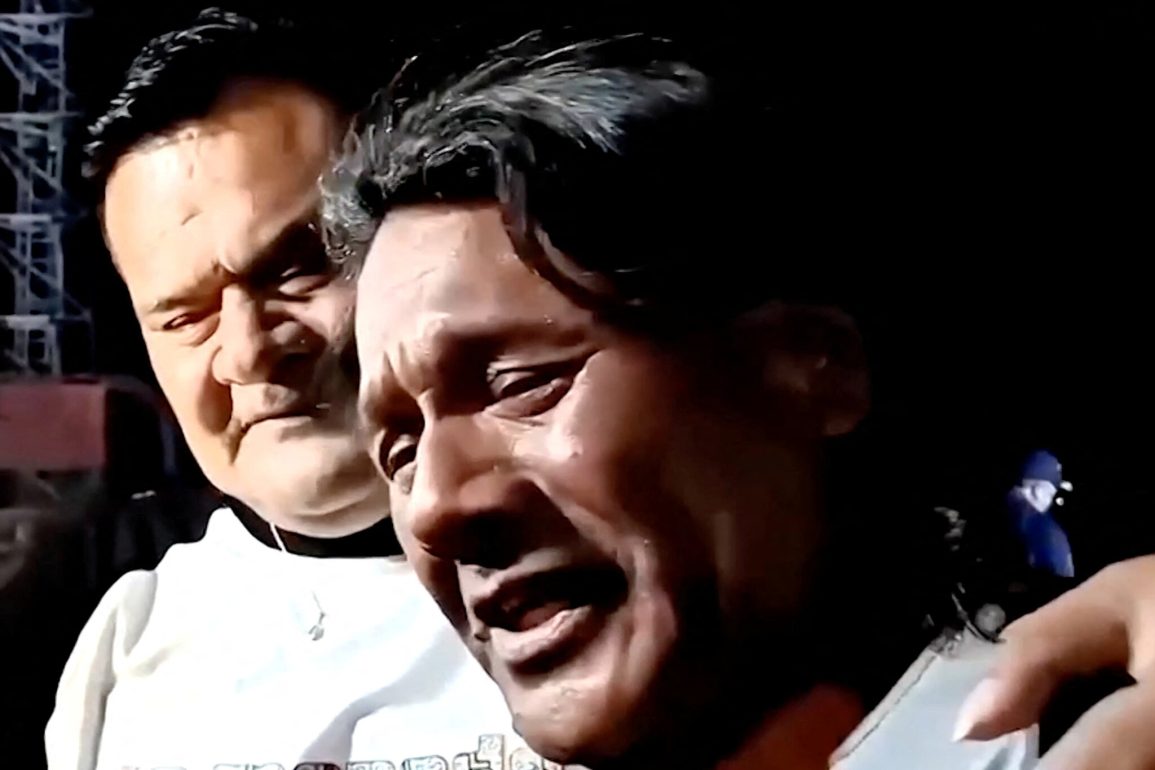Maximo Napa, a Peruvian fisherman, embarked on a fishing trip from Marcona on December 7, carrying provisions meant to last two weeks. Unfortunately, just ten days into his journey, severe storms pushed his boat off course, leaving him stranded in the Pacific Ocean. Despite efforts by his family and maritime authorities to locate him, he remained lost for an astonishing 95 days.
Napa Survived By Eating Roaches And Birds Driven By Hope And Family Memories
During his ordeal, Napa survived by consuming whatever he could find. He ate roaches, birds, and eventually sea turtles when all other options had been exhausted. Rainwater collected aboard the boat kept him hydrated. He spent the final 15 days without any food at all, clinging to life through sheer willpower and determination to return home to his family.

Throughout the harrowing experience, thoughts of his family, particularly his young granddaughter, kept Napa motivated. In interviews following his rescue, he emphasized the role his loved ones played in his survival. “I did not want to die,” he stated, attributing his perseverance to the emotional strength he drew from memories of his family and his mother.
Family’s Unwavering Faith and a Miraculous Rescue After 95 Days Adrift at Sea
Napa’s mother, Elena Castro, shared her emotional journey during his disappearance. While she admitted to moments of despair and even prayed for closure, her daughters remained steadfast in their belief that Napa would return. Their optimism proved vital during the long and painful waiting period, offering hope even when the situation seemed bleak.
Maximo Napa was eventually rescued by an Ecuadorian fishing patrol about 680 miles off Ecuador’s coast. Severely dehydrated and in critical condition, he reunited with his brother in Paita, near the Peruvian-Ecuadorian border. Before traveling south to Lima, Napa was scheduled to undergo further medical examinations to assess and treat the toll the ordeal had taken on his body.


